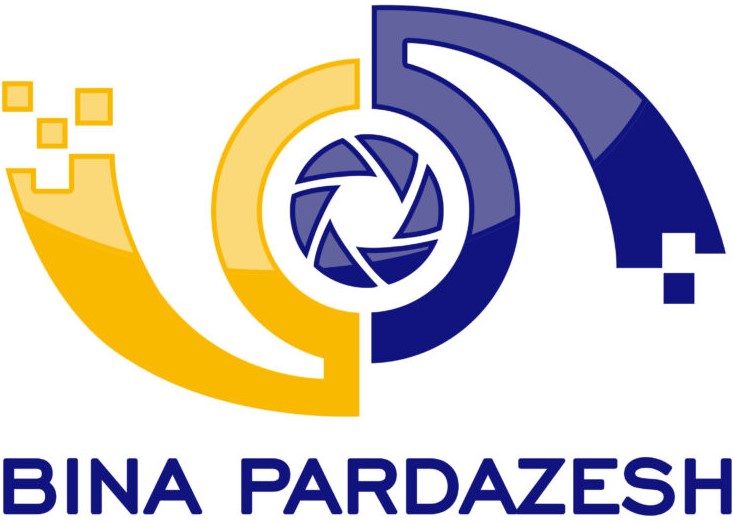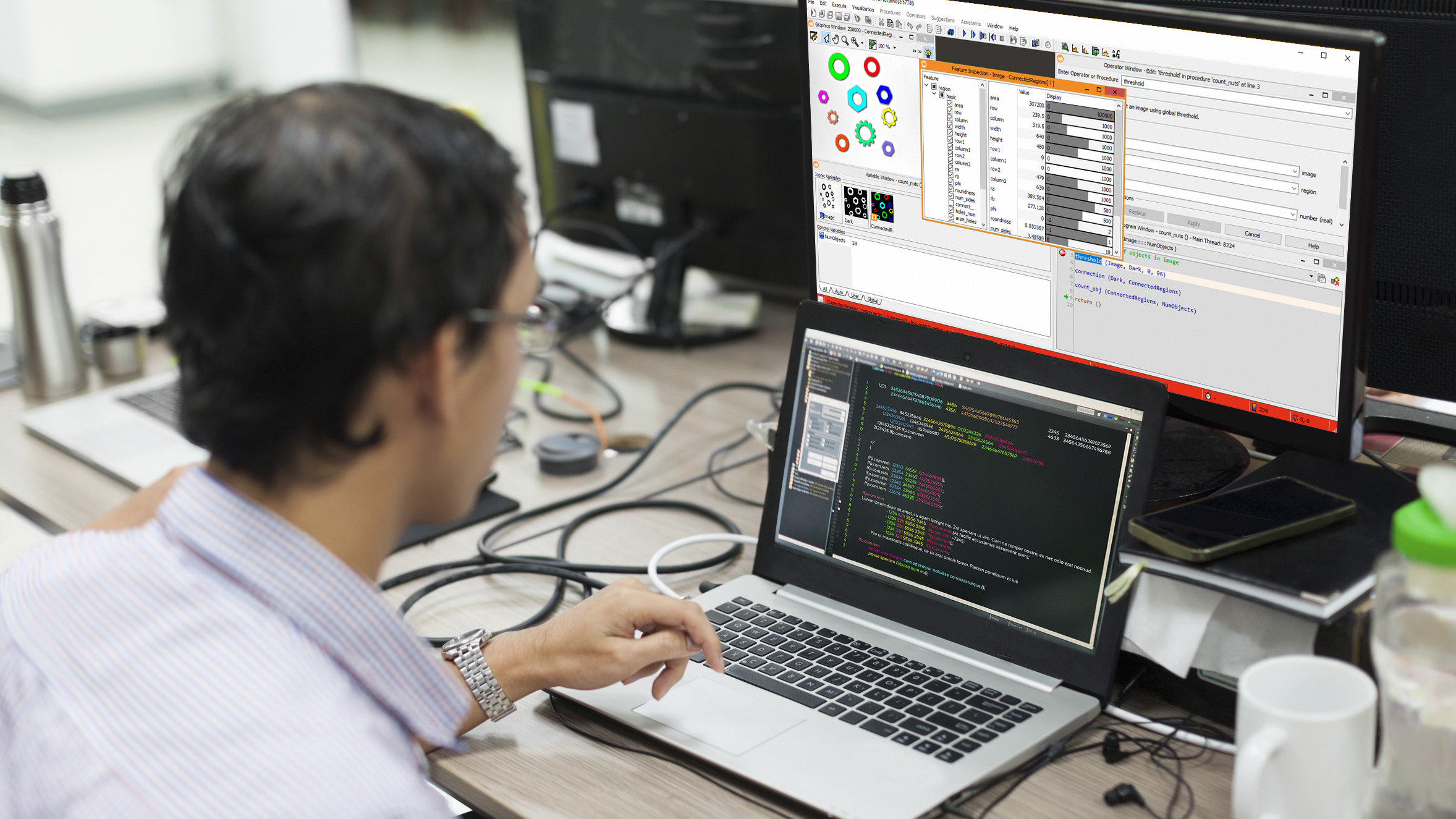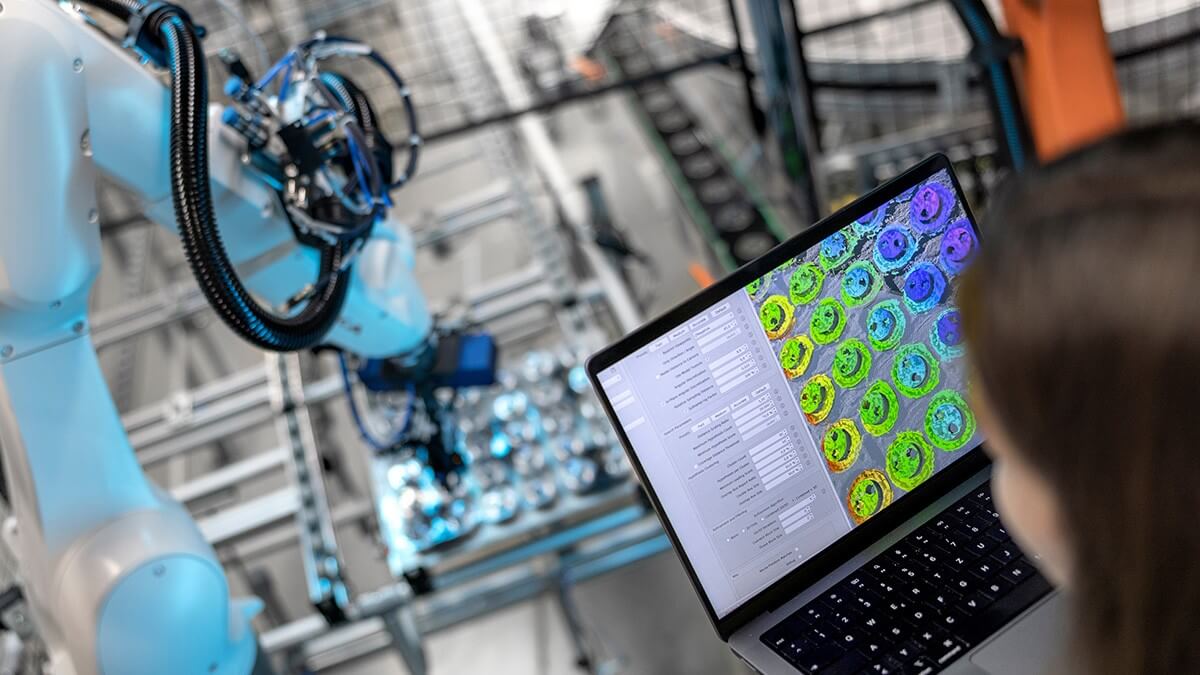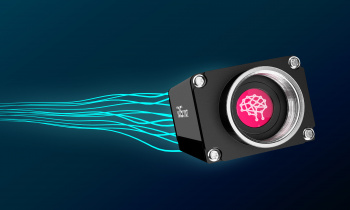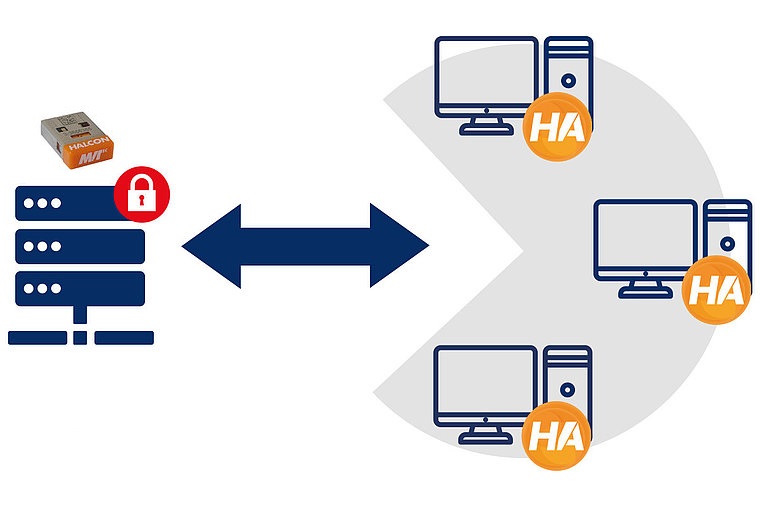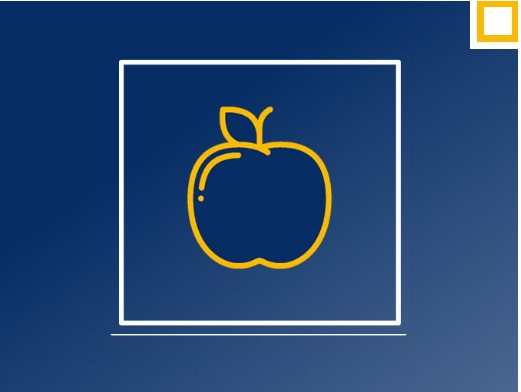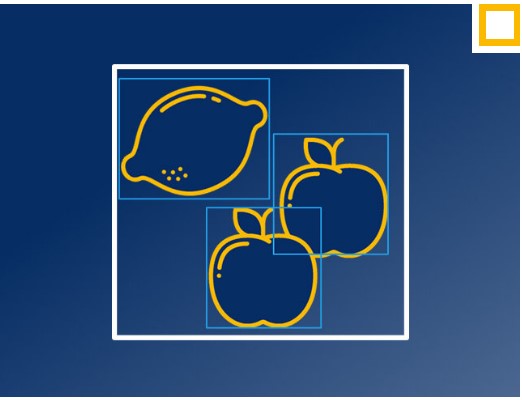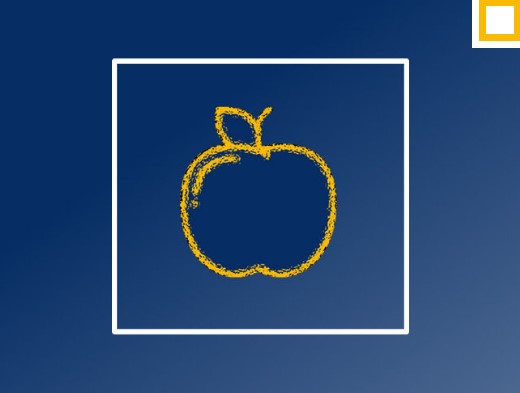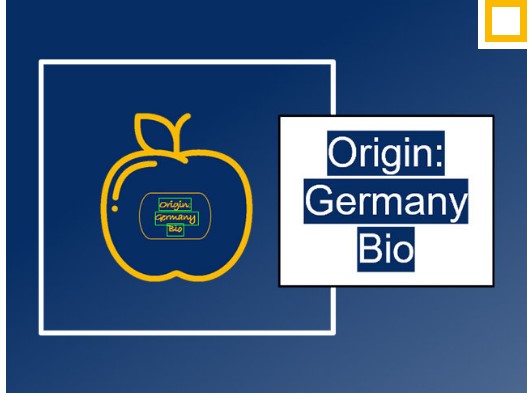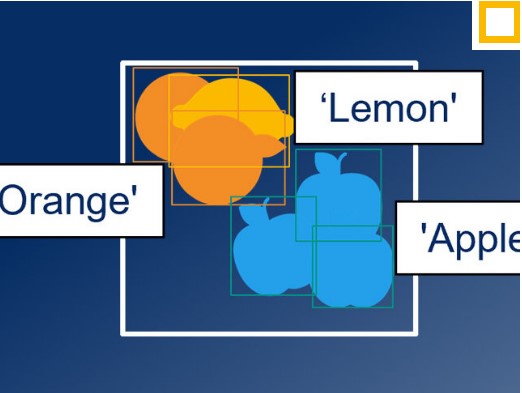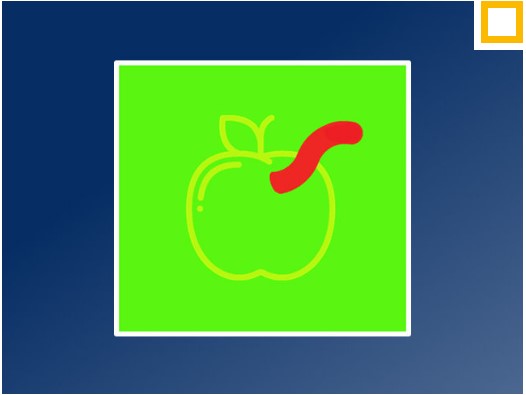During the comparison of deep learning with traditional machine vision methods, the biggest difference lies in the feature extraction approach. In traditional methods, the vision engineer needs to determine which features to examine for identifying a specific object in the image, and also needs to select an appropriate set of features for each class. This becomes particularly challenging as the number of possible classes increases. Are you looking for color information? Edges? Textures? Depending on the number of features used, many parameters also need to be manually adjusted by the engineer.
In contrast, deep learning employs the concept of “end-to-end learning.” Here, the algorithm aims to learn what to examine for each specific class. By analyzing sample images, prominent and descriptive features for each class are automatically selected.

Which Method to Choose?
Traditional methods and deep learning each have their own strengths in different areas; these areas should not be considered contradictory. Many applications benefit from combining traditional rule-based approaches with components of deep learning. The choice between these two or their combination usually depends on the type and characteristics of the application. Additionally, the amount of available data and computational power should also be considered.
Reading barcodes/data codes, print inspection, inspection of solid objects, high-performance matching, segmentation
Key Features
Solid objects, fixed position and orientation, specific features, maximum required transparency
Strengths
Interpretable results, fast execution, lower computational cost
Weaknesses
Lower accuracy in complex scenarios, limited to defined features, requires expertise
Surface inspection, texture inspection, quality control, object or defect classification, defect detection, edge extraction, optical character recognition (OCR), precise measurement and matching, barcode and data code reading, print inspection, robotic vision
Key Features
Diverse object types, variable object orientations, undefined features, “shapeless” objects, unknown defects, sufficient available image data
Strengths
High accuracy, management of complex and undefined features, adaptability to new object varieties
Weaknesses
High computational requirements, large amounts of training data required, potential for overfitting
Comparison Table of Traditional and Deep Learning Methods
Feature |
Deep Learning |
Traditional Methods |
Common Applications |
|
|
Key Features |
|
|
Deep Learning Elevates Data Classification to a Higher Level
MVTec’s machine vision software products, trained with CNNs (Convolutional Neural Networks), come with the capability to be developed with a small number of training images. With these networks, users can train their software to classify new data with minimal effort. With sufficient images provided, the training process automatically extracts prominent and distinctive features for each class. The HALCON and MERLIC software then analyze these images and automatically learn which features to use for identifying the given classes.
Deep Learning Methods in MVTec Products
Deep learning is a powerful technology that complements MVTec’s machine vision software tools. Customers can develop comprehensive applications using deep learning in combination with traditional machine vision.
